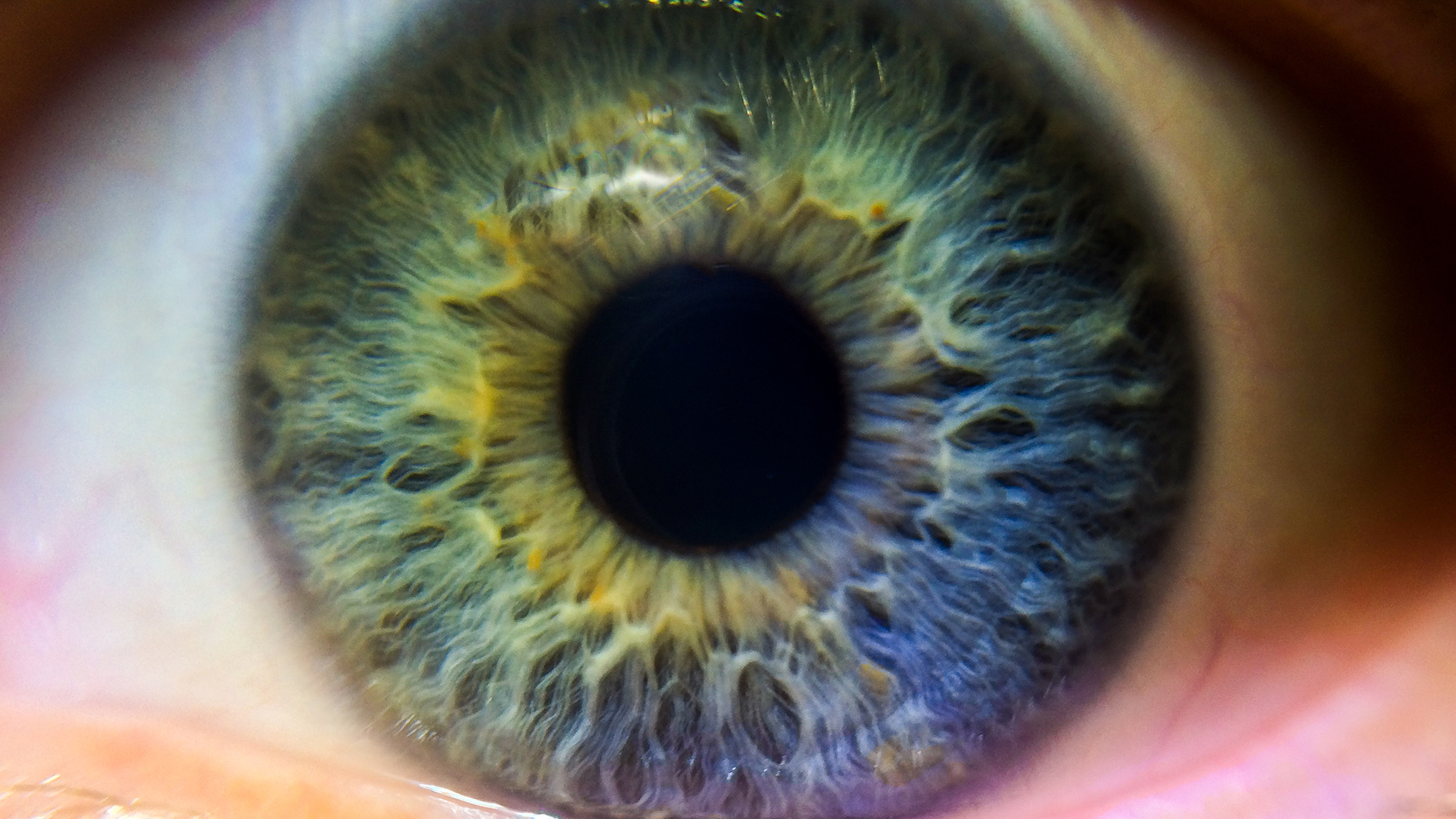Australian biotech gets $18 million for 'bionic eye'

Australian biotech Bionic Vision Technologies (BVT) has raised US$18 million to progress the development of its bionic eye implant.
The company designs devices to combat retinitis pigmentosa (RP) - an inherited rare eye condition that causes the gradual degradation of rod photoreceptors in the retina.
The condition results in night blindness, tunnel vision, blurring and eventual blindness and affects more than 1.5 million people worldwide. There is no current treatment for RP.
The device consists of three core components: a pair of glasses with a camera attached, an externally-worn vision processing unit and an electrode array implant that sits behind the retina.
The camera records what is being seen and sends images to the processing unit, which are then beamed to the implant.
BVT is already being funded through a five-year AU$50 million grant from the Australian Research Council, awarded to kick-start the development of the device.
The extra $18 million will aid commercialisation, with some of the money going towards the launch of a clinical trial in humans to investigate the device's impact on both mobility and independence in RP patients. The trial is slated to begin in Melbourne in the next few months.
“This investment is an important milestone for our unique Australian technology and an endorsement of our approach to making a positive impact on global health," said executive chairman of BVT, Robert Klupacs. "These new funds will help create an innovative solution to potentially help improve the lives of blind people.”
According to the company, BVT's bionic eye has a number of advantages over its competitors, including a better surgical implantation approach, device stability, and its unique vision processing software.
A similar device is being developed by the University of California for people with poor vision. The Orcam My Eye's miniature camera processes what it sees through a bone-conduction earpiece which then describes aloud to wearers whatever text or physical object they are pointing at.










